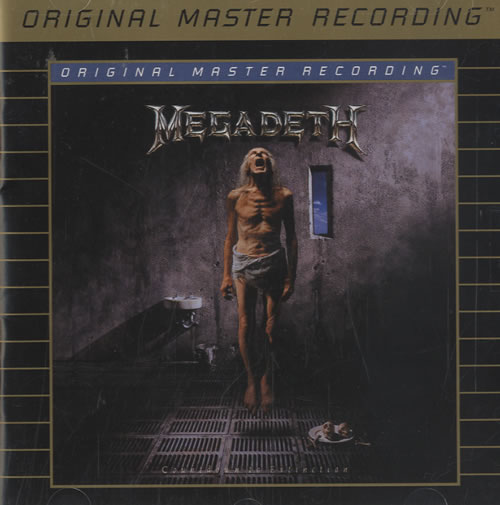Do you use devices prior to the actual recording to calibrate, or is it all digital?
I know what the others are talking about. I could go a little more in depth on it but honestly it's easier to start a diagnosis.
Hi Folsom,
No, we do not use any devices. We do not manipulate anything on the instruments or the stage either. All the acoustic work has been done on the hall itself and it remains the same for all recordings.
See if this makes sense:
Say we built a full range instrument designed to PRODUCE the same color on everyone note. If you allowed that instrument to vibrate freely (without the constrains of any walls around it) you would be able to HEAR that same color on every note. (Let's name this sound "A")
Now imagine you take that instrument into a room. The walls on that room will constrain the way the instrument vibrates. Depending on where on that room you place the instrument the distances from the different walls will affect each note in a different way. So the color of the instrument will not be homogeneous any more. It will now PRODUCE a slightly different color on every note. (Let's name this sound "B").
If you want to listen to it you will have to place yourself somewhere within that room. Depending on where on that room you place yourself the distances from the different walls will deform the sound of each note in a different way. This color deformation will not be homogeneous. For each note, you will now HEAR a different color from the one the instrument produced. (Let's name this sound "C")
But it does not stop there, because you are not listening live, we are making a recording. So instead of your ears, we are using two microphones and some gear to record that sound. Depending on your choice of mics, mic arrangement and gear the recording chain will also deform the sound. This color deformation will not be homogeneous either. So for each note, you will RECORD a different color from the one your ears would have heard. (Let's call this sound "D")
So, what are we doing? Our project is about getting as close to "A" as possible. We worked the hall to minimize the differences between "A", "B" and "C". Then we developed a calibration to take care of the rest.
How do we know if we actually got to "A"? We are using our setup to record voice, piano, guitar and drums (I am taking the rock out of the list because the bass and the guitar are not acoustic instruments). These instruments are extremely different from each other. Yet, we are recording them all the same way. They could have all been recorded on the same take. The fact that the sound quality is transparent across all those instruments means we have been successful on achieving our goal of actually recording that "A" sound (call it "true" sound, "absolute" sound… you name it)







